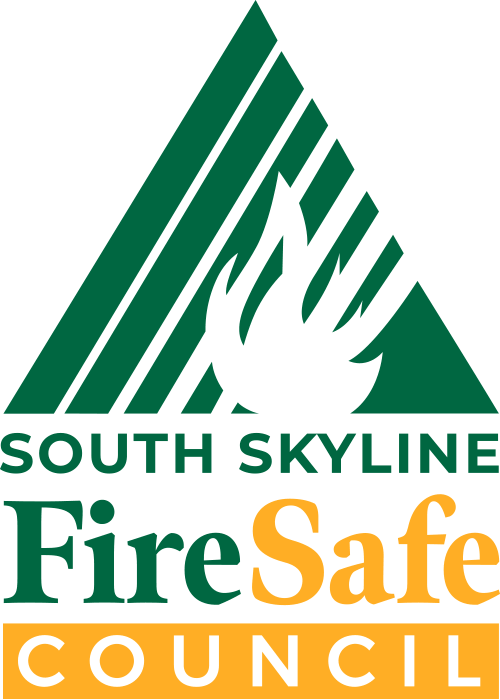Home Hardening
What is Home Hardening?
New guidelines for making your home more fire safe have been developed in recent years.
California has had a significant increase in very large and destructive fires. These fires, sometimes called “Megafires”, occur when there are hot, high winds and low humidities. These conditions help to create a firestorm which showers embers down like rain. Foresters, firefighters and other wildfire specialists have studied which houses have survived these firestorms and which haven’t, and determined the specific house conditions and designs which helped to save homes.
Based on these findings, guidelines have been developed under the general category of “Home Hardening” that focus on improvements to homes and outbuildings and the first 5 feet from these structures. These guidelines add to the Defensible Space work we’ve been doing for years that reduces flammable materials like vegetation from 0 – 30 feet and 30 – 100 feet from our homes.
Questions?
For more information contact a SSFSC board member. We will try to help you!
Get Involved
Be a volunteer in our SSFSC! Our meetings are at 7:00pm the first Tuesday of the month, variable locations.
Donate
If you think we are doing important work you can also help by making a tax-deductible contribution to:
South Skyline Fire Safe Council
Box 324 Star Rt. 2
La Honda, CA 94020
or use the Donate button at the top of this page. Your donation will be matched by the South Skyline Association.
Home Hardening Videos
1. Home Hardening 2021 Presentation
2. Protect Your Deck
- Keep area below decks clear of debris and storage items
- Screen the below-deck area with 1/8″ wire mesh
- Use metal furniture and/or put away burnable items (e.g. jute doormats) in fire season
- Utilize fire resistant materials when possible (e.g. wood composite, aluminum, concrete)
- Board should have 1/4″ spacing to reduce debris and embers getting stuck in cracks
- Apply foil-faced self-adhearing flashing tape on top of each joist
- Joists should be spaced 24″ apart
3. Vents & Gutters
- Use 1/8″ to 1/16″ wire mesh vents
- Use metal gutters
- Keep gutters clean of leaves and debris
- Covered/closed gutters are recommended
4. Windows & Outdoor Plants
- Double paned windows provide greater resistance
- Tempered glass is much more resistant to cracking in high heat
- Keep area below/around windows clear of plants and other burnable material
5. Be Ember Prepared Part I
- Clean leaves and debris from roofs and gutters
- use double pane windows
- assure all vents 1/16″ to 1/8″ metal mesh
6. Be Ember Prepared Part II
- Caulk openings in walls and around windows and door frames
- Keep wood piles 30′ from house
- Keep decks free from debris, well maintained and nothing flammable stored under
- Keep all windows and doors closed if fire is near
- No wood fences touching house
